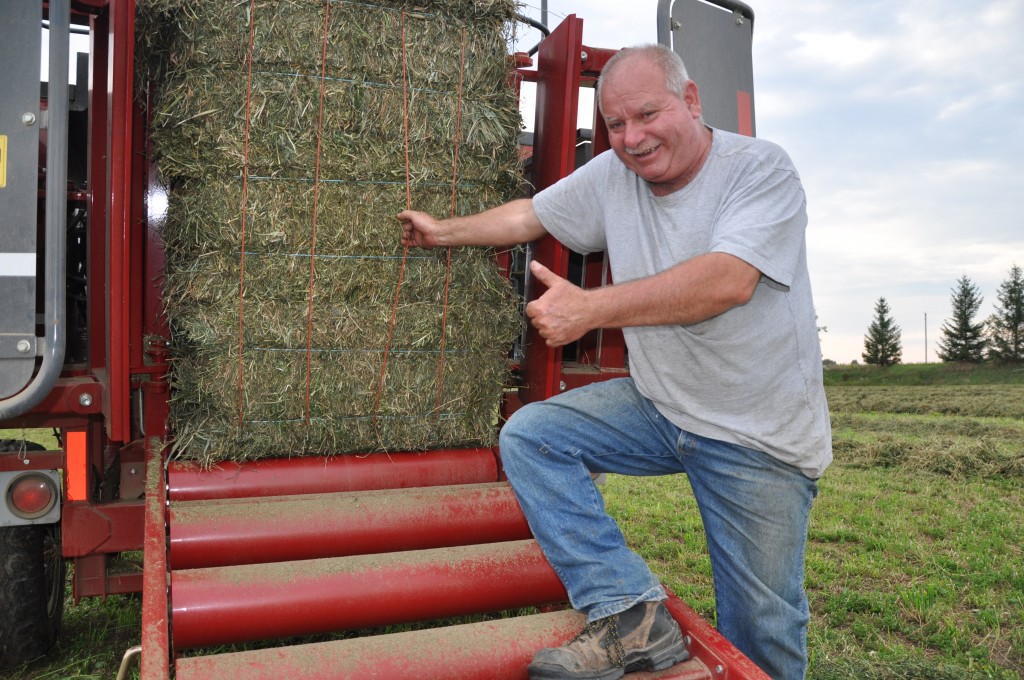Federal Agriculture and Agri-Food Minister Gerry Ritz says Ottawa must be diligent in opening new markets, breaking down trade barriers, and continuing to work with industry to strengthen agricultural research and innovation. All these measures will enable producers to improve their incomes, support their families, and grow the Canadian economy, says Ritz. That’s an optimistic outlook, one that Ottawa’s numbers support.
Case in point: The federal government’s recent Canadian Agricultural Outlook report. It paints a positive outlook for farmers. This year’s edition points to what it calls “growing strength in the cattle and hog industry, strong crop sales resulting from high carry-in grain and oilseed stocks despite softening grain prices, and relatively stable input costs.” This translates to farmers getting more money for their livestock, success with soybeans and corn, and not paying more for input costs. Average net worth per farm is expected to grow to $2.1 million this year, and farm incomes will remain high at $13 million.
Like the feds say, the future for farmers is looking good, at least from a business sense. Prices are generally good, and people care more than ever about the product they produce. What is, or what should be keeping farmers up at night is their lot in society. They need to find a comfortable place amid far-apart factions, from those who reward them for using technology to feed the world, to those who support a more storied approach and produce personalized, neatly packaged local food. But if agriculture is to maintain this upbeat economic position, the work isn’t over.


